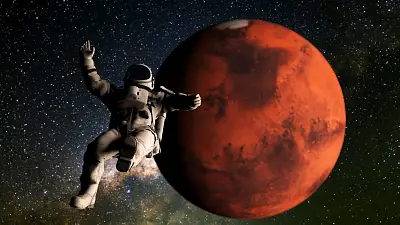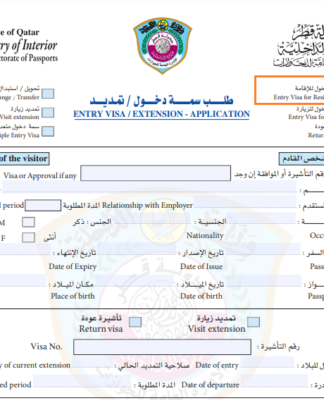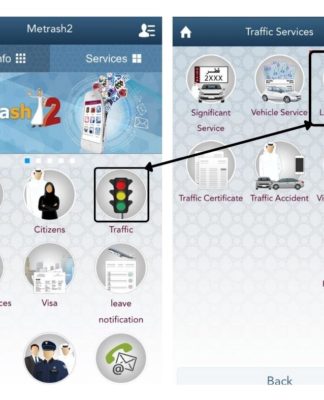BIZTECH NEWS
MONEY
WORK
MOBILITY
HEALTH
HOME
OPINION
SERIES
The Dialogue
Rethink
hacker:HUNTER Next Level
Meet the entrepreneurs
Business Line
Focus
Real Economy
Target
The Exchange
Smart Health
MOBILITY
Artemis 1: Everything you need to know about the launch of NASA’s first Moon mission in 50 years
The SLS rocket ready for launch at Kennedy Space Centre
The SLS rocket ready for launch at Kennedy Space Centre – Copyright NASA/Joel Kowsky
By Luke Hurst • Updated: 28/08/2022 – 13:10
NASA’s giant Space Launch System (SLS) rocket is set to blast off on a journey to the Moon, a mission the US space agency says will lay the foundations for a long-term presence on the lunar surface.
The Artemis 1 mission is a test flight of massive importance. The launch, scheduled for Monday, will see an unmanned Orion module put into orbit around the Moon before returning to Earth.
It will gather crucial data ahead of the next stages in the mission – a manned launch of the Orion module to lunar orbit, followed by the first mission to land humans on the Moon since 1972.
Here’s what you need to know ahead of Monday’s launch.
James Webb Telescope finds evidence of carbon dioxide on a distant exoplanet for the first time
What is Artemis 1?
This is the first stage of the Artemis mission, which has the ultimate goal of establishing a long-term presence on the Moon’s surface.
The stage is set on Monday for the start of the Artemis I mission. NASA will launch an unmanned Orion spacecraft into orbit around the Moon on a test run to ensure manned missions are as safe as possible.
The Orion spacecraft is being launched from the Kennedy Space Center in Florida on NASA’s giant rocket called the SLS.
It is, according to NASA, the world’s most powerful rocket, able to carry more payload into deep space than any other vehicle.
The Moon then Mars? This is how NASA is preparing to land humans by 2025
Standing at almost 100 m tall, the SLS can deliver 4 million kg of thrust. Two minutes into launch, two boosters will detach from the rocket, followed by the core stage (which acts as the backbone of the rocket, doing most of the heavy lifting).
These parts will fall into the Pacific Ocean, as the Orion spacecraft continues on course toward the Moon.
Orion will travel 450,000 km from Earth, and thousands of kilometres beyond the Moon over the course of the four to six-week mission.
“We’re going to stress it and test it. We’re going to make it do things that we would never do with a crew on it in order to try to make it as safe as possible,” NASA Administrator Bill Nelson said on Wednesday.
Orion will be propelled towards the Moon by a service module provided by the European Space Agency (ESA).
Flight test dummies
The Orion spacecraft, which is 3 m tall, can seat four astronauts.
A full-size dummy in an orange flight suit is going to occupy the commander’s seat for this flight, rigged with vibration and acceleration sensors.
Two other mannequins made of material simulating human tissue will measure cosmic radiation, which is one of the biggest risks of spaceflight.
The flight will also see ten shoebox-sized satellites pop off the capsule once it is en-route to the Moon, which will measure radiation, amongst other things.
NASA pulls SLS Moon rocket off the launch pad for repairs after series of teething problems
What happens after Artemis 1?
After Artemis I comes Artemis 2 and 3, NASA’s first manned lunar missions in five decades.
Assuming everything goes to plan with the first test mission, and the next missions aren’t hit by the same delays that plagued Artemis 1, a second test flight around the Moon – this time manned – is scheduled for 2024.
If that goes to plan, Artemis 3 should go ahead a year later. This will be the first crewed lunar landing since Apollo 17 in 1972. It is also intended to be the first mission to land a woman on the Moon.
The missions will involve testing the systems needed to establish a gateway base in orbit around the Moon, which would be the base for lunar surface missions. With a long-term presence established on or around the Moon, it would then be used for future missions further afield, including to Mars.
“This wasn’t a one or two-person job. This was teams of hundreds of people that came in from different backgrounds, different experiences that all made this happen together,” said Nicholas Nugent, a project engineer at Stennis Space Center.
“We’re about to launch the rocket that these people built. How cool is that? You can say ‘I worked on that rocket’ and they’re working on the second one and the third one and fourth one and the fifth one,” said Lonnie Dutreix, director of Michoud Assembly Facility in New Orleans.
Caves found to have ‘sweater weather’ could be ideal home for future Moon settlers, study finds
How much did this all cost?
The Artemis missions have been beset by delays and technical faults, so there is a lot of pressure on Monday’s launch.
The cost of Artemis 1 has spiralled to $4 billion (€4 billion), and the entire programme will have set NASA back at least $93 billion (€93 billion) by the time astronauts land once again on the Moon.
“This is a test flight, all right and it’s not without risk. We have analysed the risk as best we can, and we’ve mitigated also as best we can,” Bob Cabana, NASA’s Associate Administrator, said ahead of the launch.
“But we are stressing Orion beyond what it was actually designed for. In preparation for sending it to the moon with a crew and we want to make sure that it works absolutely perfectly when we






























